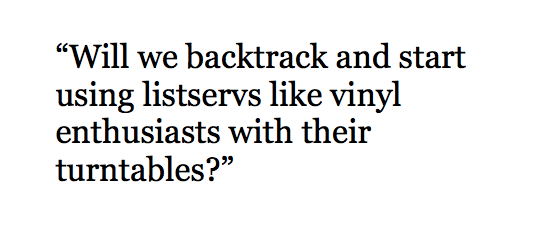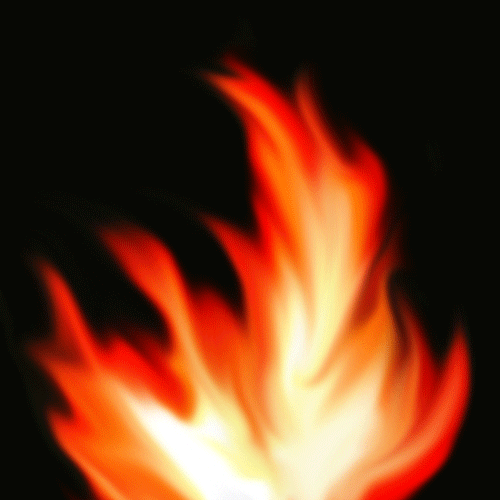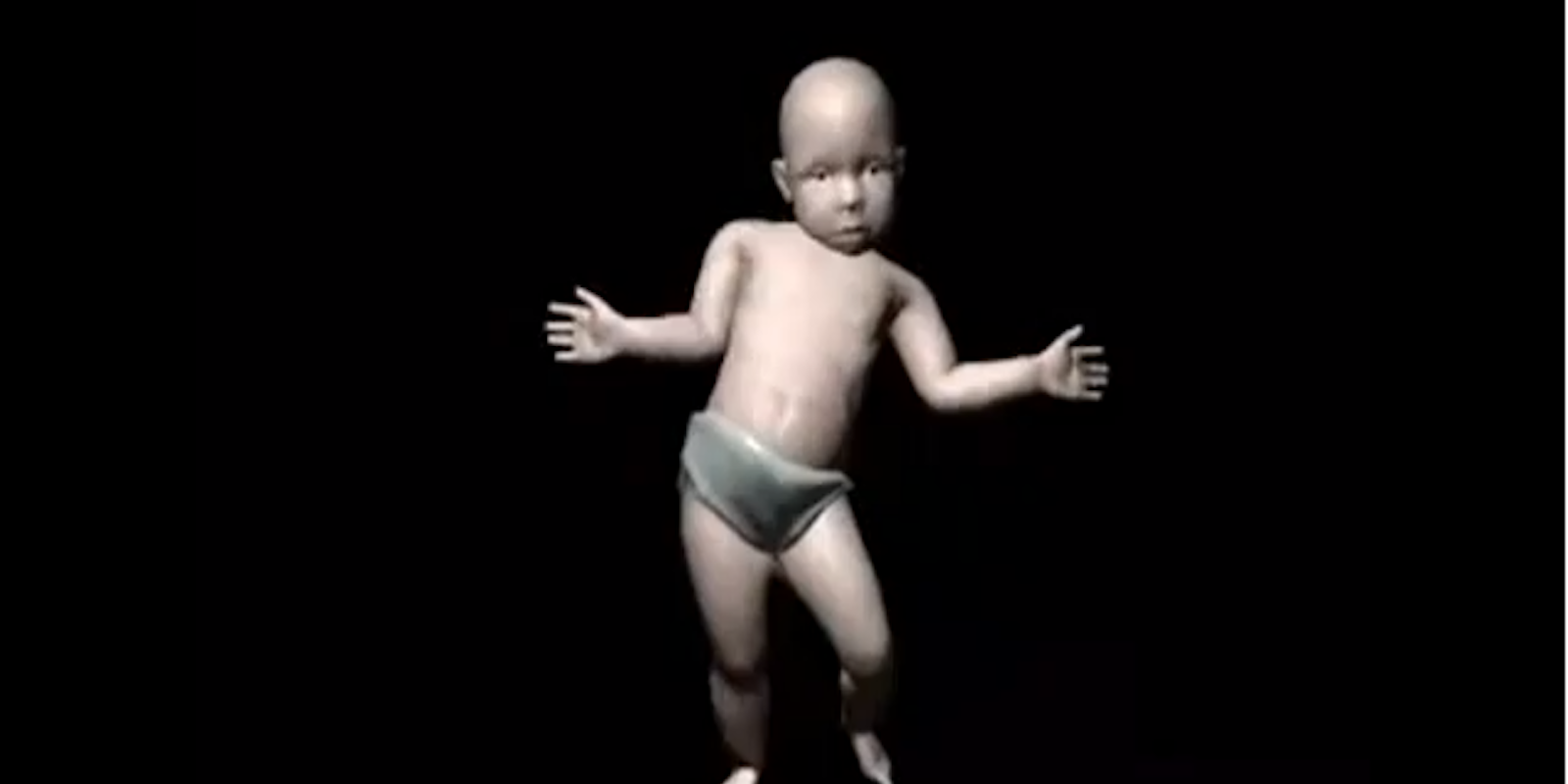By ZAN MCQUADE
The new year is a fresh start, of course. But it’s also a moment where we look backwards, thinking about how things have been. And nowhere do we do this more than online.
A rich vein of nostalgia has long pulsed through the Internet: websites devoted to artifacts from our collective childhoods, the vast catalogue of commercials from the 80s on YouTube, Midnight Special performances from the 70s. Nearly everyone alive today can find a fragment of their childhood somewhere on the Web.
Lately, though, a curtain has been pulled back revealing another dark corner of the Internet’s vast attic: one filled with stacks of mementos from days a little bit more recent. These boxes are filled with a different kind of memorabilia, fond memories from the Web’s own childhood. Scrapbooks of animated flame GIFs, JPGs in shoeboxes, old Buffy fan site URLs in dusty filing cabinets. We’re beginning to come around full circle: the Internet is nostalgic for the early days of the Internet.
 People are starting to unearth their old Web. What exactly is it that we are nostalgic for? Each of us certainly came to the Web via different streams. Some may have come during AOL’s heyday, or even later, during the LiveJournal years. Some of us sneaked in quietly through the backdoor of college email. My first experience was in Internet Relay Chat rooms (IRC) during the early 90s, when the Internet was so young and new to me that the “web browser” I was using didn’t have pictures. (You know you’re old when you can remember the Internet before porn.)
People are starting to unearth their old Web. What exactly is it that we are nostalgic for? Each of us certainly came to the Web via different streams. Some may have come during AOL’s heyday, or even later, during the LiveJournal years. Some of us sneaked in quietly through the backdoor of college email. My first experience was in Internet Relay Chat rooms (IRC) during the early 90s, when the Internet was so young and new to me that the “web browser” I was using didn’t have pictures. (You know you’re old when you can remember the Internet before porn.)
Is this what we’re starting to feel nostalgic for? A picture-less web? “Welcome” audio clips each time we check our mail? Spinning flames?
Yes—for some of it. 2012 was officially the year of the GIF. And fan sites are seeing a resurgence, from Bronies to X-Files FanFic. Tumblr is a hotbed for both: search the name of any actor or actress or TV show or heck, any word at all (pugs, sandwiches, Todd Rundgren) and you will uncover a Fuck Yeah site about it, rife with animated GIFs. Someone in their short-lived wisdom even managed to claim Fuck Yeah Animated GIFs. The Bronies Tumblr goes even one step further with an exquisitely retro hit counter. 
Designers are also singing the praises of the old way of Web design. Now we care about the value of negative space on a webpage, the relief and simplicity of sparsity. Even on Facebook, that behemoth of “Hey remember, when…” the circulation of status updates that one must repost if one wishes to support such and such a cause brings to mind those awful years when every email in your inbox bore the scarring rows of arrows of a forwarded message from Aunt Rita’s friend’s uncle’s daughter about how our country was going to rack and ruin because of a law that was going to be passed if we don’t ACT NOW and write to our senator.
Maybe these things never went away: maybe they were just hibernating, waiting for the thaw.
But is this it? Is this the apex of our nostalgia for the old Internet—in Fuck Yeah sites and animated GIFs? Chain letters as status re-posts, and white space on Web pages? What does this early self-reflexive nostalgia mean, and how will this nostalgia manifest in our online behaviors as a community? If this is just the beginning of our nostalgia for the internet of our youth, what will it look like when applied, when we take it out of the old dusty box and put it up on the screen?
Will we backtrack and start using listservs like vinyl enthusiasts with their turntables? Or even further: email plain type newsletters? Now that Google is attempting to phase out its Reader, will there be a return to bookmarking? Will we see the resurgence of chat rooms?
There’s more to it than that, I think. What this nostalgia is now is actually a craving for something that today would be entirely unrecognizable: an approximation of what it felt like back in those early days, to be cruising on the information highway, the tarmac rolling out ahead of you into the horizon, the desert stretching in either direction. It was quieter, more spacious; you knew that if you threw a rock it would take a while to hit someone. Ping. This is what we are looking towards with our animated GIFs and white space: a yearning for the peaceful expanse of Internet 1.0: peaceful, and yet somehow more unhinged and lawless.
How would we go about replicating the Old West to satisfy our nostalgia for the golden days? The answer is already in our laps: filters. In other words, self-selection.
We see, of course, a very visible symbol of filtration resurfacing from the old IRC days: the hashtag. On IRC, the hashtag was used to indicate which channel you wanted to join (c.f. #skate or #punk, where a bot named Nancy would kick you off if you said “Sid is dead.”). With the plethora of meaningless hashtag bastardizations tacked on for the sake of comic relief (#thatswhatshesaid) or in place of emoticons (#smdh), we forget that it’s still used—albeit less and less—for the same purpose: filtration.
In general, the trend towards filtering, paring down, and limiting what we choose to read and subscribe to is becoming more and more popular. When our Twitter followers number in the hundreds or thousands, in order to manage the noise, we create lists to separate our interests. Small communities of dozens rather than a cacophony of thousands.
Even outside of Twitter, the use of the filter has become key: curating one’s own Internet into a small parcel of attention-deserving Tweets/Flicks/Tumbles. We not only limit who we follow, we limit where we put our efforts online, contributing to fewer and fewer places, seeking out the most bang for our buck, rather than spreading ourselves in a thin layer across the entire Internet landscape.
Some things, though, have not—and will not—change. Just like when we first logged on many years ago, through Telnet in our dorm basements, there’s not much difference in what we’re seeking: information on a topic; a connection with someone far away; an approximation of the social experience in those times we’d rather be in our pajamas with feet tucked under our legs, sipping mint tea from a novelty mug, instead of gussied up sipping pricey cocktails from geometric glasses. 
The desire for that experience to be personalized, filtered, purified to the most customized form possible will not change; it will continue to drive us into narrower streams and smaller villages. Which is to say: less of everything.
This is why and how I think we remember the old days of the Internet as the best, as recently as they were: because it was back when there was simply less. This, too, is why we fall so easily into nostalgia: it reminds of the times before the chaos, before the unending buildup of STUFF that the Internet has become. Nostalgia, with its backward gazing “remember whens,” helps us filter our present through the lens of the past, helps us weed out and curate what—and who—is most important to us in all this chaos. And until we evolve in such a way that we don’t need to filter—don’t need to select, to choose, to curate—we’ll keep craving that simplicity.
Or maybe we just want loads of Buffy fan sites with animated GIFs. I’m cool with that too.
Zan McQuade is a writer, editor, photographer, translator, and baseball enthusiast living in Cincinnati, Ohio. Her words and images can be found at www.thatcupoftea.com
Art: Dancing baby via YouTube; Buffy by One Girl in all the World; animated flame by Fanhow.com.
